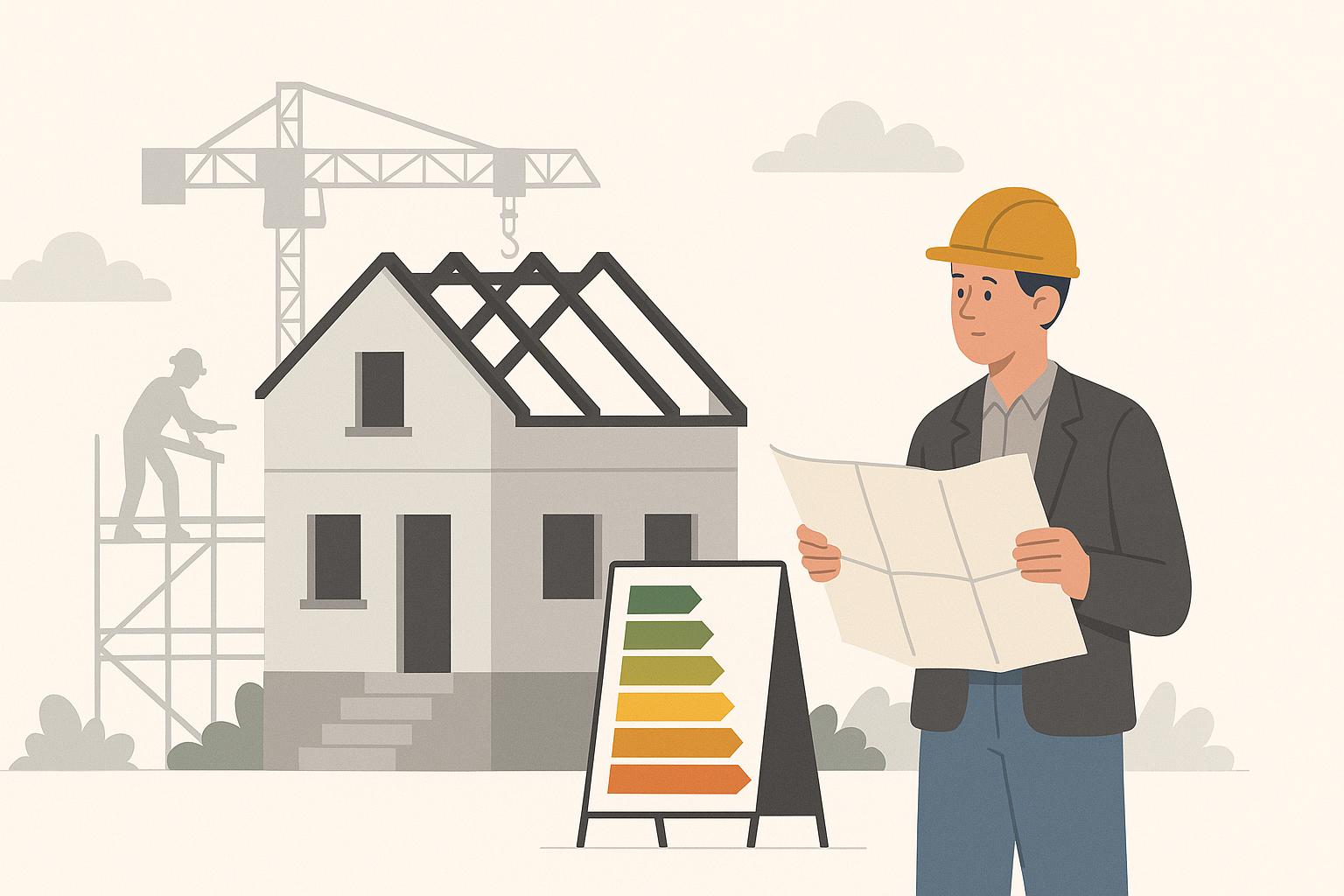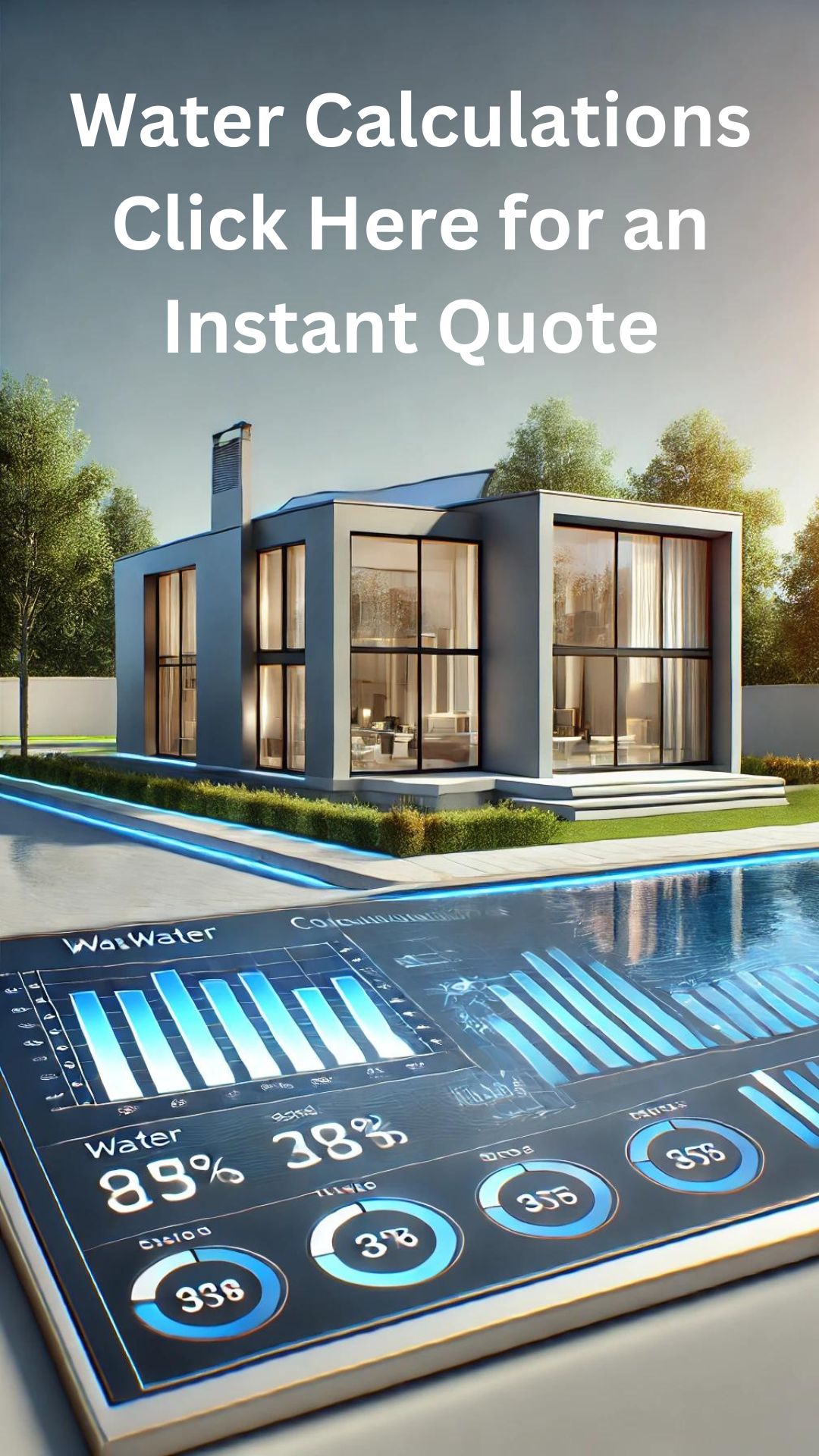When Do You Need SAP Calculations? Key Triggers Explained
If you’re planning to build, convert, or significantly alter a residential property in the UK, you’ve likely come across the term SAP Calculations. But when exactly are these calculations necessary—and why are they so important?
In this article, we’ll explore the key triggers that require SAP Calculations, what the process involves, and how it ensures compliance with Building Regulations Part L. Whether you’re a developer, architect, or homeowner, understanding this process can help you avoid costly delays and make smarter design decisions.
✅ What Are SAP Calculations?
SAP stands for Standard Assessment Procedure. It’s the government-approved method for evaluating the energy performance and carbon emissions of residential buildings.
You’ll need SAP Calculations for:
-
New build dwellings
-
Conversions (e.g. a barn into a home)
-
Extensions with large areas of glazing
-
Some refurbishments where thermal elements are altered
SAP Calculations confirm your project complies with Part L of the Building Regulations, which focuses on energy efficiency and conservation. In addition, an EPC (Energy Performance Certificate) will be issued once the project is completed.
👉 Learn more: SAP Calculation Service
🔍 When Are SAP Calculations Required?
Below are the most common scenarios that require a SAP assessment:
🏗️ 1. New Build Dwellings
When constructing a new home, a SAP Calculation is always required.
Why?
New builds must comply with Part L1A. The SAP method calculates how much energy the dwelling will use and whether its design meets carbon emission limits.
What’s involved?
You’ll need a Design Stage SAP before work begins and an As-Built SAP upon completion. These assessments ensure the finished home meets energy standards as designed.
👉 Read more: SAPs for New Builds
🧱 2. Conversions (Change of Use Projects)
If you’re converting a non-residential building into a home—for example, a barn or office—SAP Calculations will also be required.
Why?
These projects fall under Part L1B, which governs energy efficiency for change-of-use scenarios. The SAP assessment ensures that the building will meet modern insulation and energy standards.
For example, if you’re converting a commercial space into flats, a separate SAP assessment may be needed for each unit.
👉 Related service: SAPs for Conversions
🧩 3. Extensions with Excessive Glazing
In some cases, an extension may require a SAP Calculation—particularly if it includes more than 25% glazing (such as large glass walls or sliding doors).
Why?
Glazed areas can significantly affect thermal performance. Therefore, SAP or other compliance modelling is used to prove the design meets Part L requirements.
When?
Ideally at the design stage. This allows you to adjust insulation, glazing specifications, or heating design if the initial results don’t meet standards.
👉 Need advice? SAPs for Extensions
🏚️ 4. Refurbishments That Affect Thermal Performance
Some refurbishment projects also trigger the need for SAP Calculations—especially when they involve:
-
Replacing insulation
-
Upgrading windows and doors
-
Changing thermal elements like walls, floors, or roofs
Why?
These upgrades must meet the energy efficiency expectations of Part L1B. A SAP assessment helps confirm that your changes result in a better-performing property.
💡 When Else Might SAP Be Useful?
Even if not legally required, SAP Calculations can still be highly beneficial. For instance:
-
They help improve EPC ratings before you sell or let a property
-
They support funding or mortgage applications
-
They allow you to meet internal or client-driven sustainability targets
📋 What’s Included in a SAP Calculation?
A SAP assessment looks at a wide range of data, including:
-
Wall, floor, and roof insulation (U-values)
-
Glazing specifications
-
Heating, hot water, and ventilation systems
-
Air tightness levels
-
Renewable technologies such as solar panels or heat pumps
From this, the following outputs are generated:
-
Target Emission Rate (TER)
-
Dwelling Emission Rate (DER)
-
Final EPC rating
👉 Want to understand costs? Check out our blog: How Much Do SAP Calculations Cost?
🏁 Summary: When Are SAP Calculations Needed?
| Project Type | Required? | Notes |
|---|---|---|
| New Build Homes | ✅ Yes | Needed under Part L1A for design and as-built stages |
| Conversions (e.g., barn to home) | ✅ Yes | Needed under Part L1B to show modern energy standards |
| Extensions (>25% glazing) | ✅ Often | SAP helps prove energy compliance for large glazing |
| Refurbishments | ⚠️ Sometimes | Required if thermal elements are significantly altered |
🐝 Get SAP Calculations with Assessment Hive
At Assessment Hive, we offer fast, professional SAP Calculations across the UK. Whether you’re building from scratch or converting a property, our team is here to help you meet compliance and move your project forward.
✅ Fast turnaround
✅ Competitive pricing
✅ Remote, nationwide service










